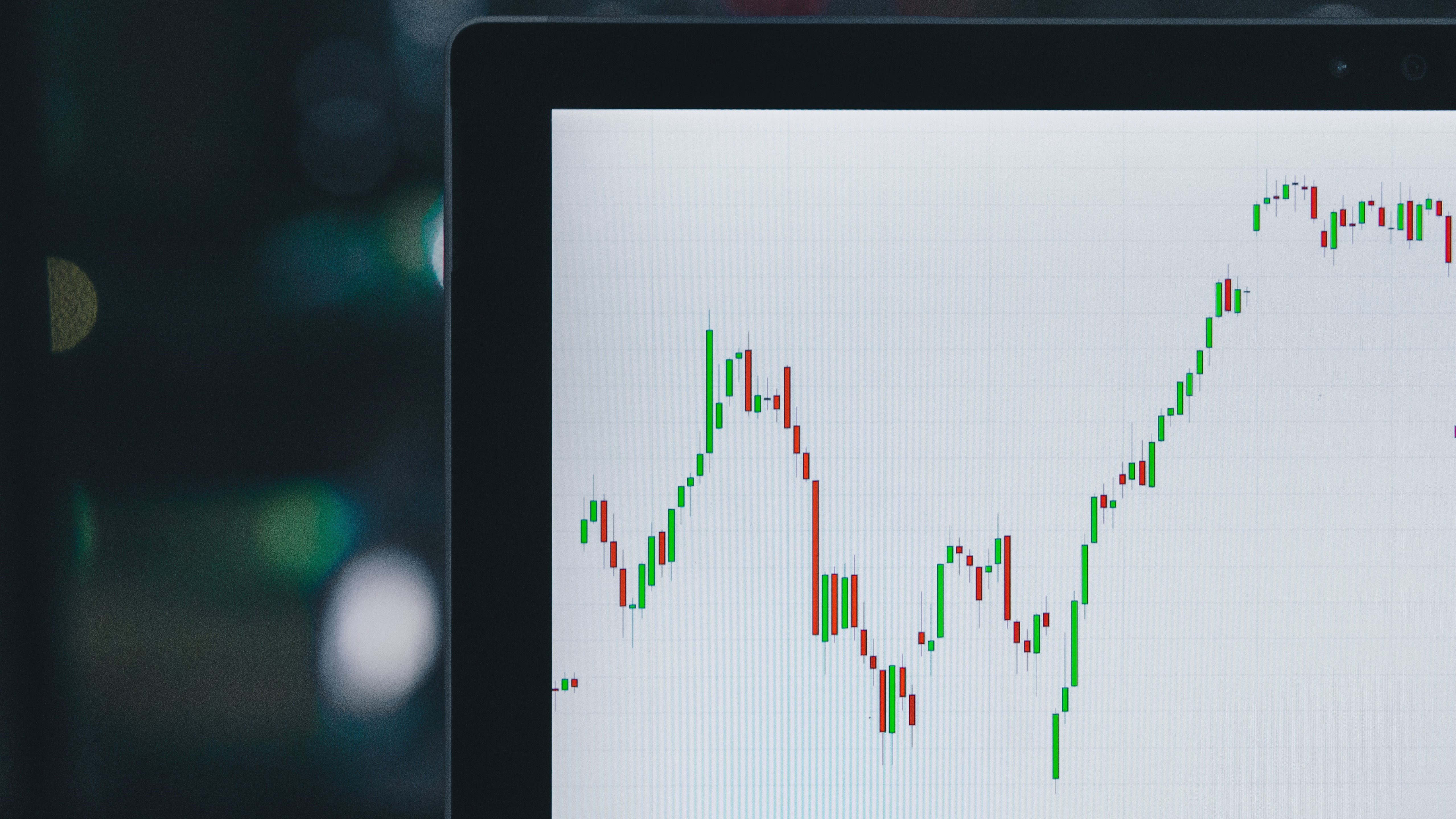
Data-Led Decision Making in B2B eCommerce
Data-led? That’s one approach in the data decision-making process. We emphasize the term process because decision-making is ongoing as new data emerge. Here are two typical approaches:
- “data-led” – seeking data insights and then forming a hypothesis
- “data-driven” – forming a hypothesis and then using data insights to prove or disprove it
Let’s review these two different approaches through the lens of an actual B2B ecommerce situation. We presume a B2B business is early in its ecommerce channel journey but has quality data sets: product data that are accurate and complete, personalization data or actual subsets of data like product assortment or approval levels tied to specific buyers’ roles, and shopping data that chart where customers are in the online buying process and where or how they convert.
Under scenario one – data-led – the VP of ecommerce may turn to a lead Data Analyst and ask for insights around new customer trends within the ecommerce channel. Across an array of data, it appears that two customers have placed large impact orders of about the same size within days of one another. Is this an end-user buyer splitting an order between two distribution partners, or is this an indication of a new raw material shortage? In either case, the data flow in and new hypotheses emerge, leading to deeper analysis across the organization and throughout the supply chain.
Under scenario two – data-driven – the VP of ecommerce may focus on their key supplier intelligence to promote a hot category. The VP asks the lead Data Analyst to pull product and sales history for top performing suppliers. Prior to a data pull, the team hypothesizes that Supplier A is best equipped to handle a promotion in this key category. As data emerge in pursuit of this hypothesis, it becomes clear that yes, this supplier is consistently the top performer, and a co-promotion with them would be sensible.
Is one scenario better? In truth, they are best when combined, starting with the data-led approach. While data-driven decisions are very effective at short-term business tactics, e.g., increasing sales of a key category, they sometimes miss bigger insights within a channel, across channels, or at the enterprise level. In the above example, it’s not yet clear how the hot category would perform vis-à-vis other similar categories. In addition, what if the initial hypothesis is unchecked, or worse, wrong? And sometimes we hear leaders say, “We need the data to fit this story since we’ve already committed to it.” This can be a dangerous practice. By contrast, leveraging data-led decisions that challenge and refresh business strategy along the way will help teams to see relationships in data that otherwise may be missed.
Brendan Witcher, Vice President and Principal Analyst of Digital Business Strategy at Forrester, explains,
“11% of organizations would classify themselves as data-led: they avoid preconceived notions about the customer, and business executives usually use data to guide strategic decisions before making them. By comparison, companies that classify themselves as data-driven account for 48% of those surveyed. These data-driven companies abide by a philosophy that data is used for tactical decision making as well as supporting strategic decisions that may have already been made.”
To be certain, not all data-driven decisions are erroneous, and many times they do yield effective results. And yet, allowing data scientists or other skilled analysts to offer broader and deeper perspectives of insights can provide more strategic decision making. And strategically, a process that combines data-led and data-driven decision-making, and starts with a data-led approach, is optimal.
Where do you start? According to veteran data analyst Steve Colvis, here's an effective pathway:
Data-Led
- Gather the data necessary to answer these questions that identify your addressable market(s):
- what are the segments you intend to serve?
- what is the potential of each?
- how can you compete?
- Use analysis to develop the story that you believe supports your current strategy, and then ask yourself: does the data support it?
Data-Driven
- Identify any changes (including data) to your strategy to improve the story and results
- Create the system to track changes over time, and preferably a scorecard showing variances
Continuous Improvement
- Repeat the process on a regular cadence with an eye toward your addressable market, your story, and any significant deltas in change, whether external or internal
Steps 1 and 2 are data-led and are externally oriented. Steps 3 and 4 are data-driven and are internally oriented. Step 5 is part of a continuous improvement process since the ONLY constant is change. It is important to note that there is not always a firm line between data-led and data-driven, but a company will be most effective when they are interwoven.
This combination of steps will provide a combined macro/microview of your results. And leading with data-led decision making will help diminish false positives and negatives since your business strategy will continually be calibrated with analysis from both approaches.
How often are you revisiting your business strategy including your digital strategy? A solid framework with clear objectives, in partnership with an experienced and reliable leader, will optimize your digital transformation. As leaders in B2B Commerce and Content, Xngage can help you frame, grow and scale your business and help you develop a digital strategy to guide investments and help drive results.
Related Articles
B2B Commerce Challenges - Product Data Management
Product Data Unification and Standardization - A critical process for successful B2B Commerce...B2B Digital Commerce is Enhanced Ecommerce
Digital Commerce is enhanced ecommerce. Automation is the value driver. Two real-life examples...
Ready to Chat?
Share your story - we would love to help!
Whether you are ready to send out an RFP or you are just starting your digital transformation journey, we are here to assist you.